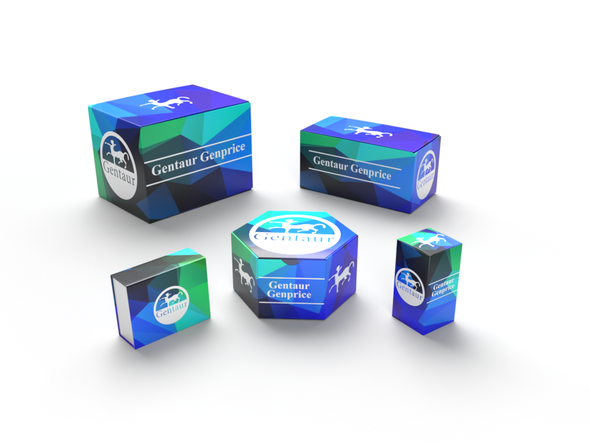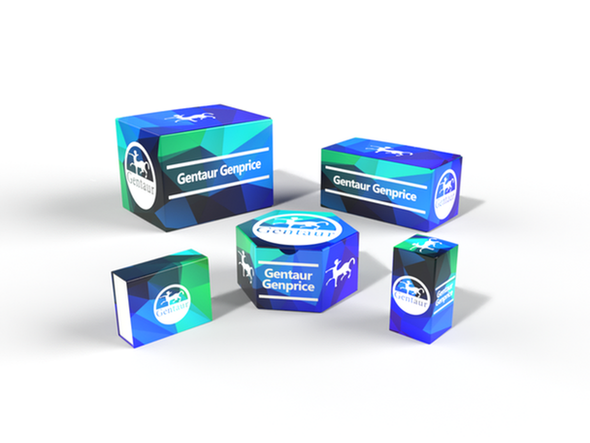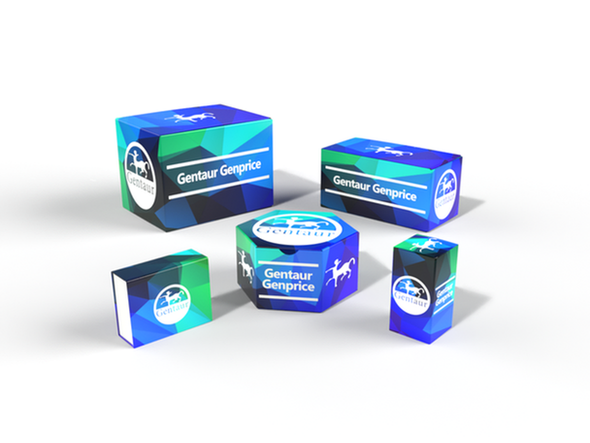Description
Potassium Channel Antibody | XPS-2027 | Gentaur UK, US & Europe Distribution
Host: Rabbit
Reactivity: Rat, Frog
Homology: N/A
Immunogen: Potassium Channel, Kv2.
Research Area: Signal Transduction, Neuroscience
Tested Application: WB, IHC
Application: Potassium Channel antibody can be used for specific immunolabeling of the ~125k Kv 2.2 protein in Western blots. Applications include Dot Blots (DB) , Immunohistochemistry (IHC) and Western Blots (WB) . Rabbit anti-Potassium Channel, Kv2.2 recognizes Kv2.2 in rat and Xenopus. When internally tested under ideal conditions the working dilutions were 1:1000 for IHC, DB and WB.
Specificiy: N/A
Positive Control 1: N/A
Positive Control 2: N/A
Positive Control 3: N/A
Positive Control 4: N/A
Positive Control 5: N/A
Positive Control 6: N/A
Molecular Weight: 100
Validation: N/A
Isoform: N/A
Purification: Affinity Purified
Clonality: Polyclonal
Clone: N/A
Isotype: N/A
Conjugate: Unconjugated
Physical State: Liquid
Buffer: N/A
Concentration: N/A
Storage Condition: Potassium Channel, Kv2.2 Subunit antibody can be stored at -20˚C. After reconstitution in 50 μl PBS, the antibody should be aliquot and stored at -20˚C and is stable at -20˚C for at least 1 year. Ambient shipment is suitable for both international and domestic.
Alternate Name: N/A
User Note: Optimal dilutions for each application to be determined by the researcher.
BACKGROUND: Voltage-gated K+ channels are important determinants of neuronal membrane excitability, and differences in K+ channel expression patterns and densities contribute to the variations in action potential waveforms and repetitive firing patterns evident in different neuronal cell types. The delayed rectifier-type (IK) channels (Kv1.5, Kv2.1, and Kv2.2) are expressed on all neuronal somata and proximal dendrites and are also found in a wide variety on non-neuronal cells types including pancreatic islets, alveolar cells and cardiac myocytes. Kv2.1 and Kv2.2 form distinct populations of K+ channels and these subunits are thought to be primarily responsible for IK in superior cervical ganglion cells.










